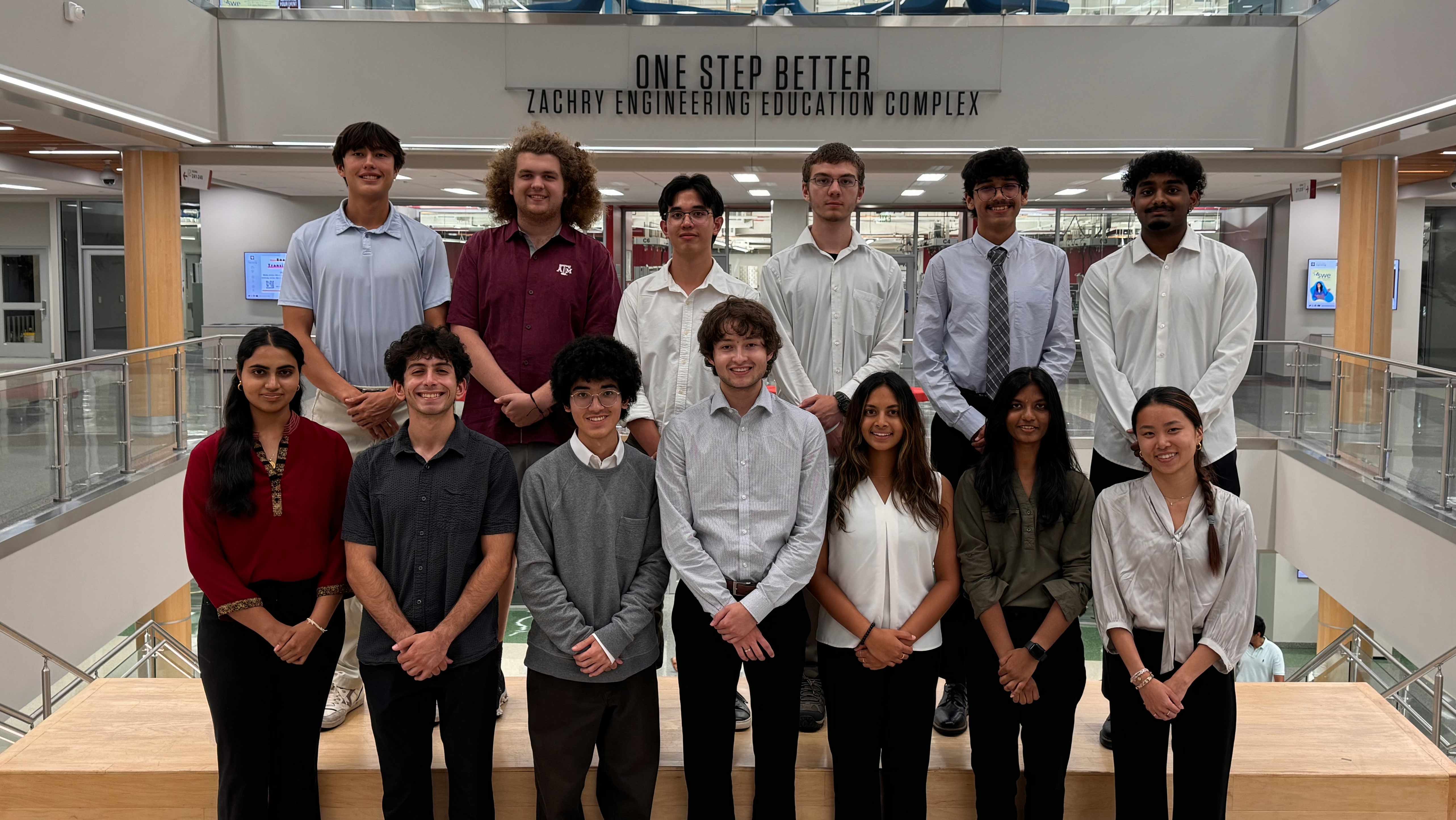
A team of Texas A&M engineering students, guided by Dr. Sivakumar Rathinam, a professor in the J. Mike Walker ’66 Department of Mechanical Engineering, has been named a finalist in NASA’s 2025 Revolutionary Aerospace Systems Concepts – Academic Linkage (RASC-AL) Competition.
Their project, “RAMSEE: Robotic Autonomous Maintenance System for Extraterrestrial Environment,” was selected as one of 14 finalists nationwide.
The RASC-AL Competition challenges university teams to develop innovative concepts that enhance human operations on the moon, Mars and beyond.
Texas A&M’s RAMSEE project focuses on creating a robotic system capable of autonomously performing maintenance tasks in extraterrestrial settings.
RAMSEE is an autonomous robotic system designed to perform essential maintenance for lunar infrastructure, helping make a long-term moon base more sustainable. It builds and fixes structures using lunar soil and material, using a special nozzle that heats and hardens the material – a method useful for repairing damage from micrometeorite impacts.
The system also installs and maintains silicone pipelines critical for transporting propellants and life-support gases, ensuring operational efficiency in extreme lunar conditions. Using AI and high-resolution cameras, it detects and diagnoses leaks or damages, then makes repairs with its robotic arms – one for heavier lifting and two for delicate precise tasks.
It can navigate the lunar base on its own, inspect and clean equipment, and even be remotely operated or work alongside astronauts. By combining proven NASA tech with new AI-driven autonomy, RAMSEE reduces the need for human intervention and keeps the Moon base running safely.
“The selection of their design in a nationwide NASA competition among all universities is a testament to their out-of-the-box thinking and dedication,” said Dr. Rathinam.
The Texas A&M team is led by team lead Victor Guadarrama and engineering leads Joseph Harb and Trey Love, all general engineering majors. The team also includes general engineering majors Ismael Magana, Floria Xu, Vasudha Chilkoor, John Elmore, Mehek Patro, Joshua Wheeler, and Cyrus Mende; electrical engineering majors Braxton Gerstein and Rohil Vinnakota; data engineering major Diya Dev; and aerospace engineering major Shah Moksh.
The finalists will present their concepts at the 2025 RASC-AL Competition Forum, scheduled for June 2-4, 2025. NASA and industry experts will evaluate the projects based on innovation, feasibility and technical quality. Top-performing teams will showcase their work at major aerospace conferences, such as AIAA’s 2025 ASCEND Conference.